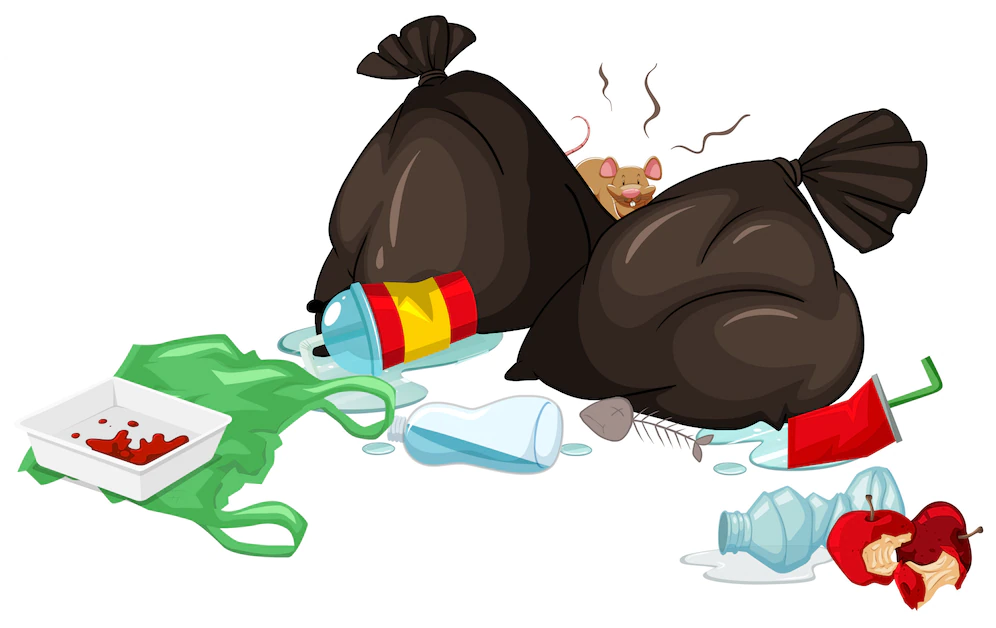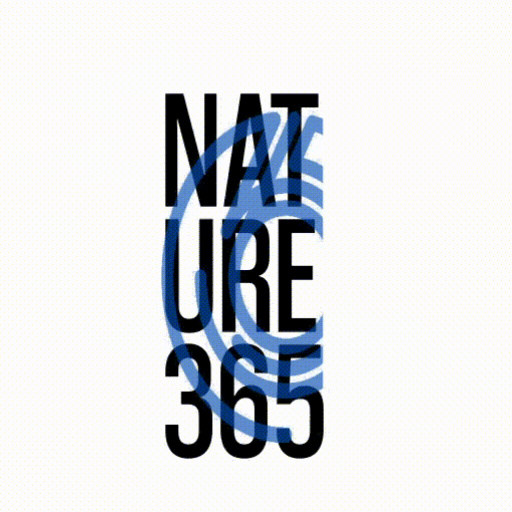Plastics are all about us, from the shopping bags we use at the grocery store to the bottles of shampoo and soap in our bathrooms and kitchens. Plastics may be found in their more significant, prominent forms and in the microscopic particles emitted from those larger goods. These tiny particles have the potential to get dispersed throughout the environment, where plastics may eventually consume them.
Now, to get a better understanding of these microscopic plastics, researchers from the National Institute of Standards and Technology (NIST) have examined a few of the consumer goods that are commonly used. They discovered that when plastic objects are subjected to hot water, they release billions of nanoparticles per liter into the water. This was one of their findings.
The results of the NIST researchers were written up and published in the peer-reviewed academic journal Environmental Science and Technology.
The most important thing to take away from this is that plastic particles are everywhere. There are a significant number of them—trillions per liter. There is no evidence to suggest that they harm the health of either humans or animals. We have a great deal of faith that they are at that location.
There are a wide variety of plastic materials. Still, they are all formed of polymers, substances that may either be found naturally or be manufactured by humans and are made up of big molecules that are connected. Researchers have discovered microscopic particles of these bigger plastics in various ecosystems, including the seas and other natural settings. Researchers classify them as either microplastics or nano plastics, depending on their size.
The term “microplastics” refers to particles less than 5 millimeters in length and visible to the naked eye. On the other hand, the term “nano plastics” refers to particles that are smaller than one micrometer in size and so small that most cannot even be seen with a standard microscope. Recent research has demonstrated that some consumer goods that store liquids or come into contact with them, such as polypropylene (PP) infant bottles and nylon plastic tea bags, release these plastic particles into nearby water.
The researchers from NIST looked at two different kinds of commercial plastic products for their study: food-grade nylon bags, such as baking liners (which are transparent plastic sheets that are placed in baking pans to create a nonstick surface that prevents moisture loss), and single-use hot beverage cups, such as coffee cups. The researchers found that the food-grade nylon bags were likelier to leach chemicals into the food than the single-use hot beverage cups. They found that the beverage cups they examined had a coating of low-density polyethylene (LDPE), a flexible and soft plastic film often used as a liner.
Twenty minutes were spent subjecting the drinking cups coated with LDPE to water heated to 100 degrees Celsius (212 degrees Fahrenheit).

For the researchers to evaluate the nanoparticles produced from these plastic items, they first needed to figure out how to identify them. Imagine drinking a glass of water out of a standard-issue take-out coffee mug. It may contain many billions of particles, and we’ll need to figure out how to locate these nano plastics if that’s the case. Finding the correct answer is like looking for a needle in a haystack.
As a result, he and his coworkers needed to try a different strategy. We used a method that included taking the water that was already present in the cup, spraying it into a fine mist, and then drying the fog along with everything else that was still present in the solution. This procedure separates the nanoparticles from the remainder of the fluid.
The technology has previously been used for the task of locating very minute particles that are suspended in the air. Therefore, we are not developing a new method but instead adapting an existing one to a different field.
When the mist had been dried, the nanoparticles contained within it were separated according to their charge and size. The particles would then be measured using a particle counter once the researchers had specified a specific size, such as nanoparticles with a diameter of roughly 100 nanometers. After being heated and then quickly cooled, the nanoparticles were butanol, and alcohol, vaporized at a high temperature and exposed to it. The particles grew from the size of nanometers to the size of micrometers when the alcohol condensed, which made it much easier to identify them. This procedure is entirely automated, and it is a computer program that is in charge of counting the particles.
Scanner electron microscopy is a technique that uses a beam of high-energy electrons to take high-resolution images of a sample, and Fourier-transform infrared spectroscopy is a technique that captures the infrared-light spectrum of a gas, solid, or liquid. Both of these techniques can be used by researchers to determine the chemical composition of nanoparticles that have been placed on a surface and observed using scanning electron microscopy and Fourier-trans
Combined, these different methods offered a complete picture of the nanoparticles’ dimensions and their chemical makeup.
The researchers determined that the average size of the nanoparticles was between 30 nanometers and 80 nanometers, with very few being above 200 nanometers in size. This information was gleaned via their analyses and observations. In addition, the number of nanoparticles released into the hot water by food-grade nylon was seven times more than the concentration released by the single-use drinking cups.
Over the last ten years, researchers have discovered plastics almost everywhere they have examined in the natural world. People have read about the snow in Antarctica and the bottom of glacial lakes and identified microplastics more significant than 100 nanometers. This indicates that the microplastics are likely not tiny enough to enter a cell and create physical difficulties.
No one has shown that this would be the case, and whomever made this point also underlined how special our work is since these nanoparticles are little and a huge problem because they may enter a cell, potentially altering its function. However, no one has determined whether or not this would be the case.
Plastics that come into contact with the food we eat or the water we drink are subject to regulation by the Food and Drug Administration of the United States (FDA). The experts at the FDA subject these plastics to stringent testing and determine how much mass is lost from the plastics when they are subjected to hot water. The agency has established criteria and precautionary measures to evaluate what constitutes a safe practice. For instance, the Food and Drug Administration (FDA) has decided that food-grade nylon, which is the kind of nylon used in tea bags, may safely lose up to one percent of its mass when subjected to high temperatures. In the investigation conducted by NIST utilizing their newly developed method, the researchers discovered that just one-tenth of one percent of the mass was lost, far below the threshold set by the FDA for what is currently deemed safe.
During this period, researchers have examined various new consumer goods and materials, including textiles, cotton, polyester, plastic bags, and water held in plastic pipes. It is not possible to measure the amount of LDPE that is released into water from samples such as coffee cups using a test that is routinely used, although there are tests for evaluating the amount of nylon plastics. The results of this research might provide useful information for anyone working to create similar exams.
- About the Author
- Latest Posts
A passionate advocate for all natural and sustainable ideas. With a background in sustainable economics science and a deep love for nature, Sojy has dedicated his career to promoting eco-friendly practices and encouraging others to live a more sustainable lifestyle. He is an avid hiker, gardener, and cook, and loves experimenting with natural ingredients in his recipes and lifestyle routines. Sojy believes that small changes can make a big impact and is constantly seeking out new ways to reduce his carbon footprint and inspire others to do the same



